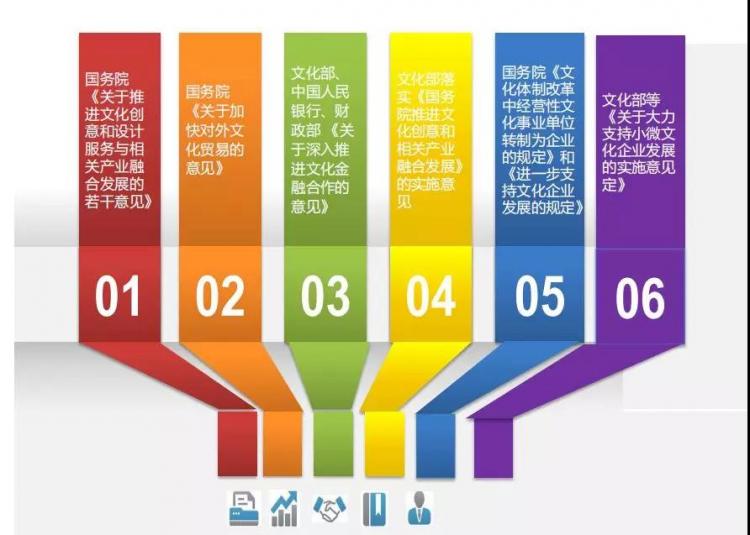Tires are definitely not unfamiliar to everyone, and I believe that many people can fluently speak the tire brand and model of their car. But for tires, it is far from enough to know these, and some people may even be in the wrong place all the time. So, today I will talk to you about what else we should know about tires.
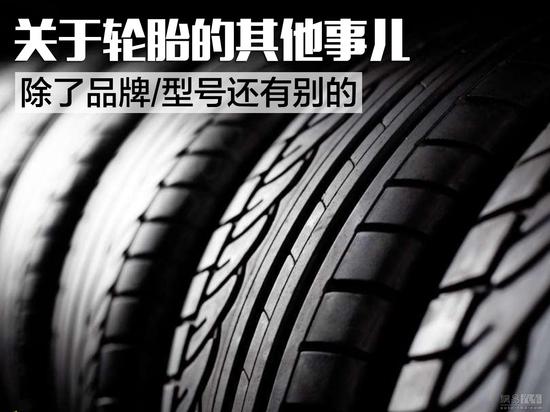
Tire brand does not mean performance
Some people often say “I use Michelin tires, the tire noise is very small”, or “The tires on my car are Continental tires, with good grip”, etc. This is a misunderstanding that many people have. Use the “brand” of the tire instead of the “series” of the tire to say things.

In fact, each tire brand will launch many different series of products, some series focus on quietness, some focus on control, and some focus on energy saving. Taking Michelin as an example, the “Primacy 3 ST Haoyue” series pursues quietness, while the “PILOT SPORT PS 2” series is specially made for sports cars, pursuing handling and grip. It is obviously not rigorous to say that “Michelin tires are particularly quiet”.
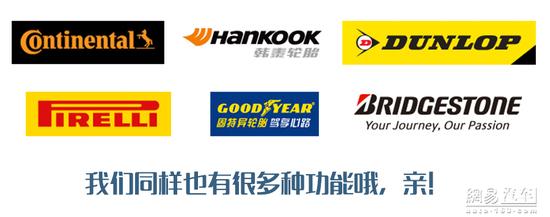
Now you understand, in fact, which brand to choose is not the most important, what matters is whether you choose the right tire series, for example, you want to improve the grip ability of the vehicle, but you buy a set of Continental silent tires, the result is the same is counterproductive.
Remember to look at the production date when buying tires
After a certain period of use, tires will inevitably need to be replaced. Many friends choose to buy tires by themselves in order to save money. This approach is worth recommending, and I myself do the same. But I would also like to remind everyone that when buying tires, in addition to seeing the tire model, the production date cannot be ignored.
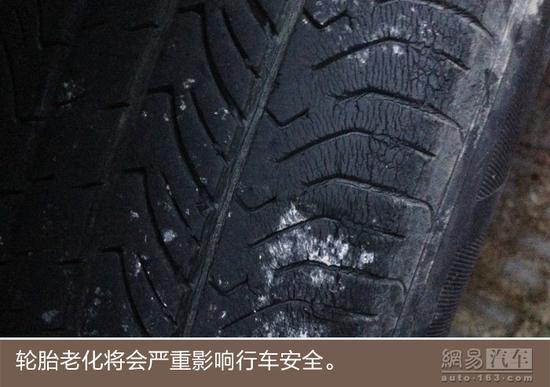
Because the rubber itself has a life cycle, long-term storage will also cause aging, which will affect the performance of the tire. So, how should we check the production date of the tire?
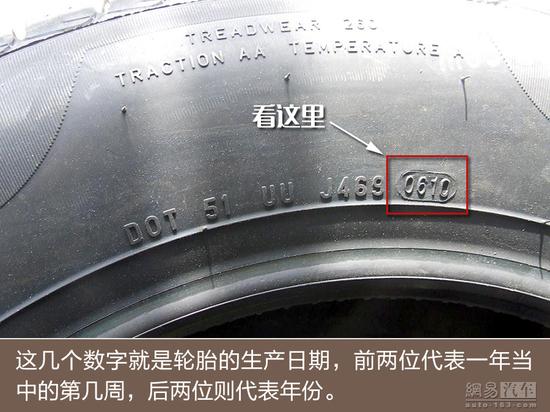
Quite simply, there will be a set of 4-digit numbers on the outside of the tire wall, where the first two digits represent the week of the year and the last two digits represent the year. For example, if this set of numbers is 1016, it means that this tire was produced in the 10th week of 2016. Therefore, when buying tires, you should check whether the tires have been produced recently. If it is too long, it is recommended that you do not buy them.
Distinguish between inside and outside and rolling direction
Tire treads are directional, and all features work only in the same rolling direction. And the tires are also divided into inner and outer sides. If they are installed upside down, things will be serious.
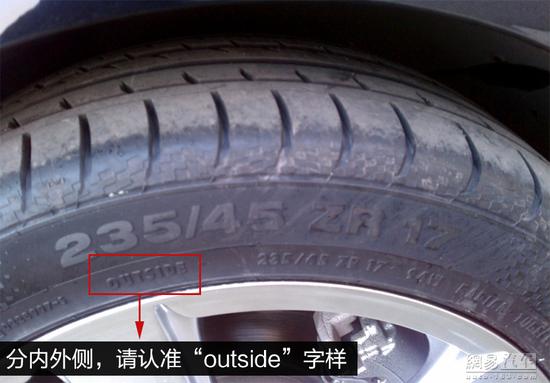
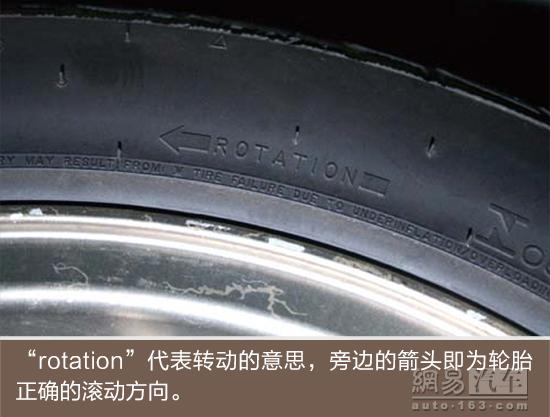
It is also very easy to avoid this situation. There will be an “OUTSIDE” sign on the outside of the tire wall, which means that this side should be pushed outward. The sign is easy to find. The main thing is that you must not forget this. In addition, the rolling direction will also be marked on the tire sidewall.
Tire tread really determines performance
No matter what brand or series, the important factor that determines the performance of this tire is the tire pattern. The larger the rubber block and the deeper the pattern, the more inclined it is for off-road functions, while the tires that focus on handling performance tend to have thinner treads and softer tires.
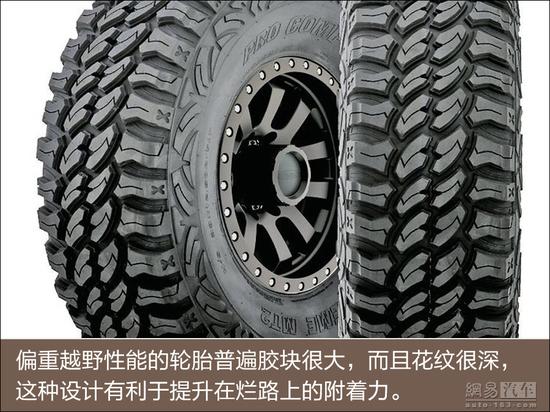
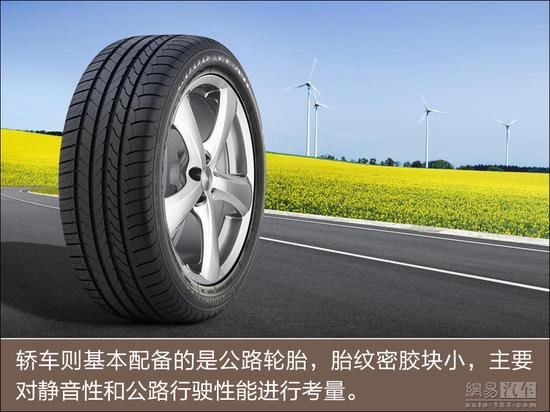
Most of the tires used by household vehicles are focused on road performance, while SUV models mainly use AT all-terrain tires, which consider both road performance and certain off-road capabilities, while pure off-road vehicles use MTs that are completely considered off-road. off-road tires.
tires without tread
Compared with traditional tires with patterns, this kind of tires without patterns is relatively rare, and basically only appears on racing cars in track races. Because they have no patterns, they are also called “slick tires”. The biggest characteristic of this kind of tire is that it has extremely high grip, but the disadvantage is also obvious, that is, it cannot drain water, so the working conditions are very limited.
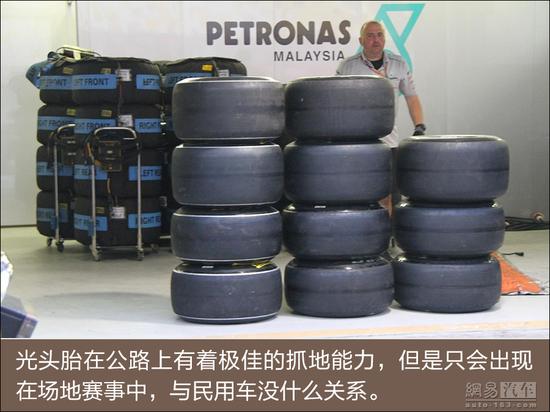
Due to its excellent grip, F1 cars used to generally use slick tires to obtain faster cornering speeds. However, for safety reasons, the tire has been banned from use in F1 events since 1998, and every team must use tires with straight groove patterns.
Source of pictures and texts: Netease Automobile, author: Yan Gongliang.




